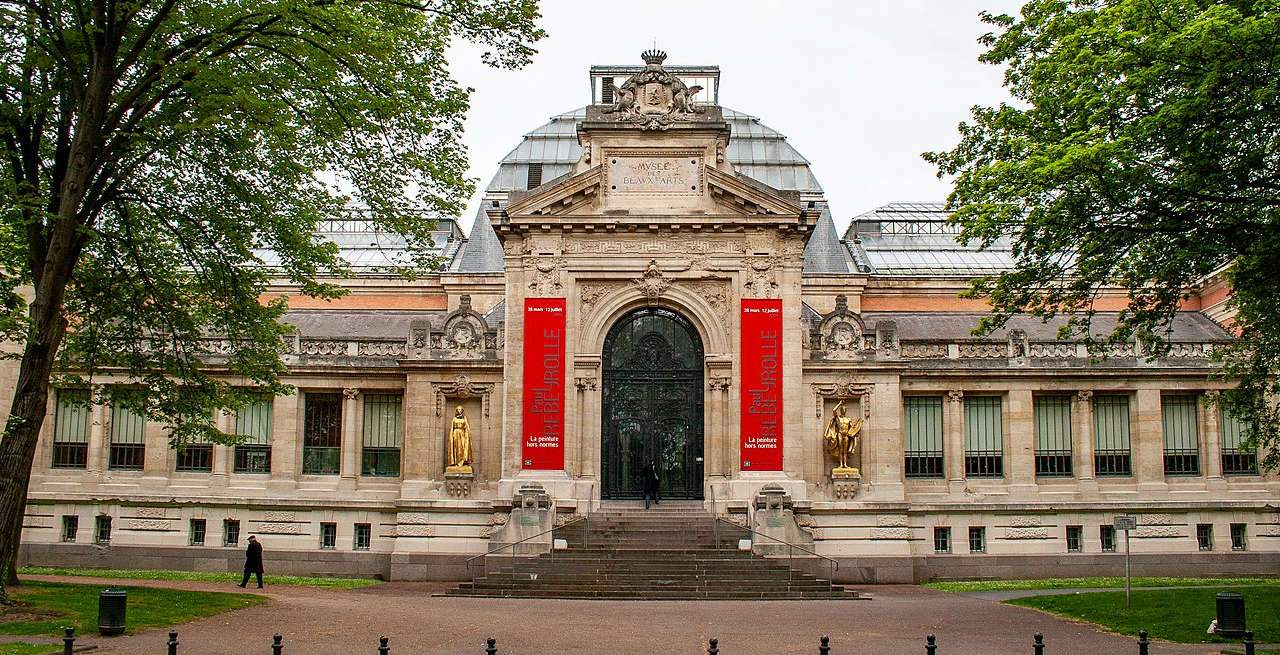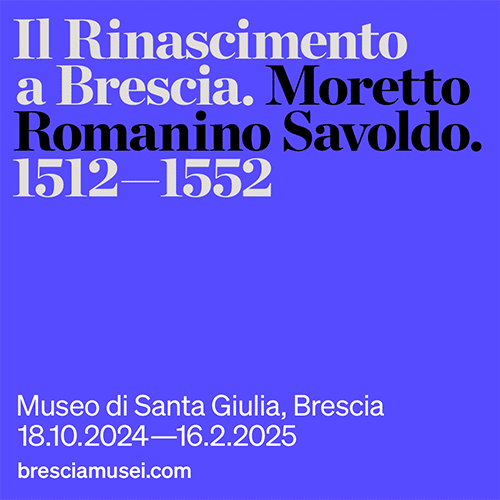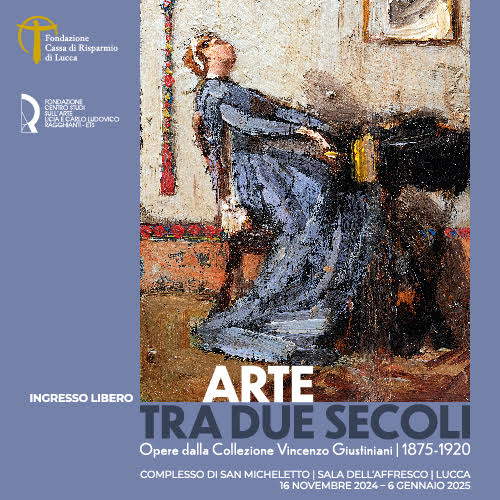"Too limiting": in France, the Musée des Beaux-Arts in Valenciennes wants to change its name
“Too restrictive and limiting”-that is how the Musée des Beaux-Arts in Valenciennes, France, has judged its name, with plans to change it as part of a major museum renovation plan. The museum, one of the leading museums in the northern region, where the town of Valenciennes (43.229 inhabitants in 2019, known for being the birthplace of Antoine Watteau, one of the greatest French painters of the 18th century), was inaugurated in 1909, is housed in a historic building designed at the end of the 19th century by architect Paul Dusart, and is home to a first-rate collection: suffice it to say that it houses the second most important French collection of Flemish masters after that of the Louvre.
Restoration work is currently under way at the museum, mainly involving the roofs, and the institute has seized the opportunity to launch a “Scientific and Cultural Project,” a summary of which is available online, which is to give a new identity to the museum by acting on its strengths, identified in the variety and plurality of the collections, the link with the territory, the link with archaeology, the prestigious building that houses it, and the cultural richness of the city of Valenciennes. The museum’s new identity, the Project states, “will have to highlight this plurality, this diversity, this richness through three themes: a museum-crossroads, a living museum, and a plural museum.” Crossroads, because Valenciennes is located in a border territory, not far from Belgium, in an area whose borders have always known changes throughout history, and this element is reflected in the museum’s collections. Alive because the museum was born in close relationship with the city’s Académie de Peinture et de Sculpture and has always been at the service of artists and others, and today wants to open up to contemporary creativity. And finally plural because of the diversity of its collections.
And it is precisely on this last element that the institute would like to take action to change its name. The Musée des Beaux-Arts de Valenciennes (“museum of fine arts”), the Project’s summary reads, “has collections whose diversity goes beyond just the so-called ’fine’ arts, such as painting and sculpture. Its archaeology collection, for example, is recognized as one of the first in France in terms of importance and richness,” and moreover, the same collections “illustrate the knowledge and wisdom of the area bearing witness to the excellence of local artisans: Valenciennes porcelain, Valenciennes lace, and goldsmithing.”
The goal of “endowing itself with a new name to embody the new image of the museum” (not only crossroads, alive and plural, but also “open” to contemporary issues, from economics to labor, from sexuality to health, and “engaged,” that is, able to encourage active participation) is thus indicated on the to-do list. “The name ’Musée des Beaux-Arts,’” reads the chapter devoted to the name change, “seems today too restrictive and limiting taking into account the plurality of the collections that are preserved here and the diversity of gazes that are directed at them. Moreover, it reduces the museum to a place of preservation when in reality it is also a place of life, encounters, exchanges and pleasure. To embody this new image of the museum and the new project it hopes to bring, it will be proposed to endow the museum with a new name that will carry these ideas of a museum-place of life, an engaged museum, open to all and to the world, with plural and living collections.”
It is not known what the museum’s new name will be, because for now the strategic plan does not list any possibilities. The idea of changing the name, however, is already enough to bring the first criticism: some broadsides have come from Didier Rykner, among France’s best-known art journalists, who from the pages of La Tribune de l’Art speaks of a “disturbing project,” criticized because, according to Rykner, it would end up distorting the institution in the name of a wokism that has little to do with science or culture.
In short, the question is whether really calling an institute a “Museum of Fine Arts” today really reflects poorly on the identity of a museum and is really too limiting. In any case, on the pediment of the nineteenth-century façade of the Valenciennes museum stands the inscription “Musée des Beaux-Arts”: the name of the institute will probably change but as a testament to history that inscription will remain and cannot be erased.
Image: the facade of the Musée des Beaux-Arts in Valenciennes. Photo: Wikimedia/Szilas
 |
| "Too limiting": in France, the Musée des Beaux-Arts in Valenciennes wants to change its name |
Warning: the translation into English of the original Italian article was created using automatic tools. We undertake to review all articles, but we do not guarantee the total absence of inaccuracies in the translation due to the program. You can find the original by clicking on the ITA button. If you find any mistake,please contact us.






























